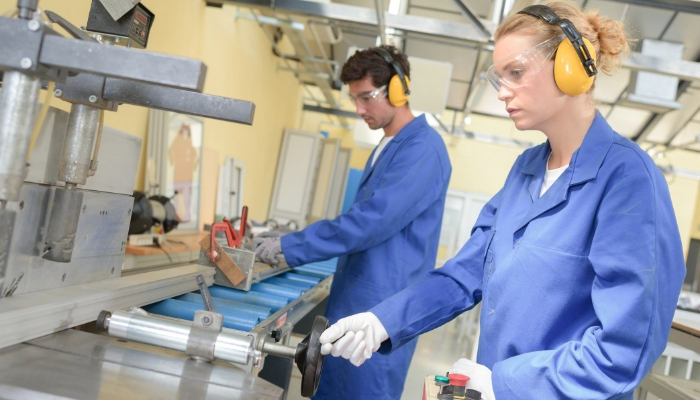When talking about workplace safety, most businesses think they’re at least above average. But if they were to look at the details and how equipment operates in the field on a day-to-day basis, the reality may prove to be somewhat different.
Most managers are aware that safety programs help minimize work-related injuries or sudden equipment failures, as well as the inherent costs that come attached to these issues. But some are still unaware of the short-term, bottom-line benefits of safety.
Workers may be inclined to skip on safety procedures so they can finish their work faster. Some managers may turn a blind eye to this because it's easy to take safety for granted when accidents aren't happening.
If work-related accidents (even small ones) are a fairly common occurrence, or the equipment tends to break unexpectedly, you need a comprehensive safety program.
Key Components of a Comprehensive Safety Program
Regular safety inspections and audits
The foundation of every safety program lies with regular inspections and audits. These forms of data collection help companies detect any problems before they can result in an accident or malfunction.
Inspection tools
Personnel need to be supplied with the resources to conduct audits and inspections accurately and efficiently. For example, The Checker Software allows safety inspectors to identify trends or problems that may require additional safety measures.
Training
Regular safety audits and inspections will bring to light any unsafe activity by personnel. You can use this information for training purposes, focusing on areas that may need improvement.
Additional Benefits of Safety
Maintenance
Analyzing audit and inspection data will reveal long-term patterns about the likelihood of when assets will break down. You can use this information to predict wear and develop preventive maintenance strategies to counteract the issues.
Business Processes
Audits and inspections will also point to issues causing assets to fail prematurely. For example, if a piece of equipment breaks down every time within the next month after using it for a specific operation, it's safe to conclude that personnel might be using that equipment wrong when performing that function. There could, of course, be other causes of the problem but at least you were made aware of the correlation.
Takeaway
There isn't a one-size-fits-all approach to a comprehensive safety program. Each company needs to develop its program based on its individual needs. But in every case, a tool such as The Checker Software can serve as the foundation for your safety program. For more information, contact us directly.











